When most Americans think of pets, familiar companions like dogs, cats, and perhaps fish or hamsters come to mind. Yet across the United States, thousands of individuals share their homes with tigers, monkeys, venomous snakes, and other exotic species typically found in zoos or wildlife documentaries. The ownership of exotic animals as pets exists at a contentious intersection of personal freedom, public safety, animal welfare, and conservation ethics. While some advocate for their right to keep unusual animals as companions, others point to tragic incidents, zoonotic disease risks, and welfare concerns as reasons for stricter regulation. The legal landscape governing exotic pet ownership in America represents a complex patchwork of federal, state, and local laws that varies dramatically from one jurisdiction to another—creating confusion for owners and enforcement challenges for authorities.
The Definition and Scope of Exotic Pet Ownership
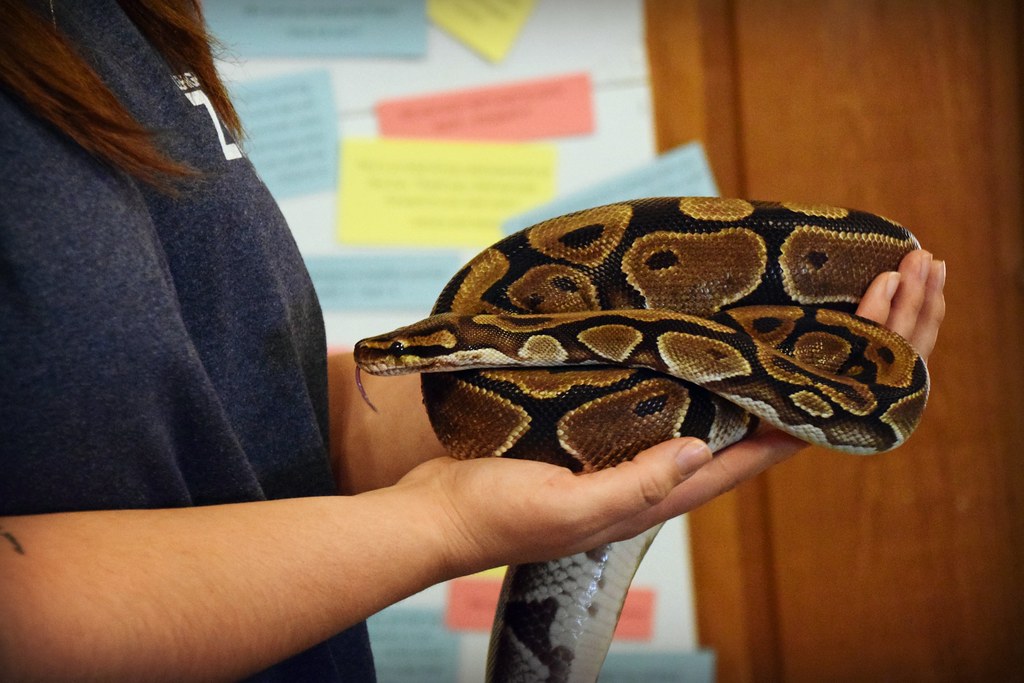
The term “exotic pet” typically refers to any wild animal species kept for companionship that is not traditionally domesticated. This broad category encompasses big cats like tigers and lions, primates such as chimpanzees and capuchin monkeys, reptiles including venomous snakes and large constrictors, unusual mammals like kinkajous and fennec foxes, and even certain bird species. Unlike domesticated animals that have undergone thousands of years of selective breeding for human companionship, exotic pets retain many of their wild instincts and specialized needs. The American Veterinary Medical Association estimates that millions of exotic animals are kept as pets in the United States, though precise numbers are difficult to determine due to inconsistent registration requirements and underground ownership. The exotic pet trade represents a multi-billion dollar industry globally, with the U.S. being one of the world’s largest markets for unusual animal companions.
Federal Legislation: The Lacey Act and Beyond

At the federal level, the primary legislation governing exotic animal importation is the Lacey Act, first enacted in 1900 and significantly amended in 1981. This law prohibits the importation, exportation, transportation, sale, or purchase of wildlife taken in violation of U.S. or international law, and has been used to restrict the movement of certain exotic species across state lines. The Endangered Species Act (ESA) provides additional federal protection by prohibiting the ownership of animals listed as endangered or threatened, though notably, captive-bred tigers had exemptions from some ESA provisions until 2016. The Captive Wildlife Safety Act, passed in 2003, specifically prohibits the interstate transport of big cats—including lions, tigers, leopards, cheetahs, jaguars, and cougars—for the pet trade, though it includes exemptions for USDA-licensed facilities. Despite these federal restrictions, enforcement remains challenging, and many regulations focus narrowly on interstate commerce rather than ownership itself, leaving substantial regulatory authority to individual states.
The State-by-State Regulatory Patchwork
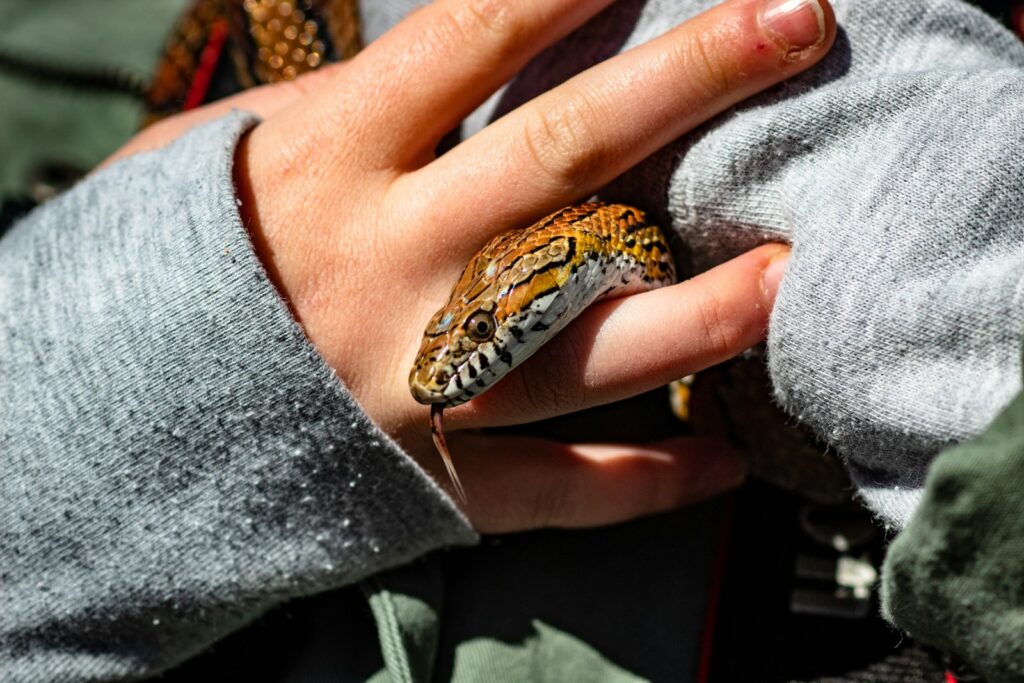
The most significant regulations governing exotic pet ownership exist at the state level, creating a bewildering patchwork of laws that vary dramatically across the country. Five states—Alabama, Nevada, North Carolina, South Carolina, and Wisconsin—have virtually no statewide bans on exotic pets, though local ordinances may impose restrictions. Conversely, states like California, Hawaii, and Massachusetts enforce some of the nation’s strictest bans, prohibiting most exotic animals as pets. Many states fall somewhere in between, permitting certain exotic species while banning others, or implementing permit systems with varying requirements. This inconsistency creates significant enforcement challenges, particularly along state borders where differing regulations may apply within just a few miles. The disparity also encourages “jurisdiction shopping,” where prospective exotic pet owners may relocate to states with more permissive laws, potentially undermining the effectiveness of stricter regulations elsewhere.
The Influence of High-Profile Incidents
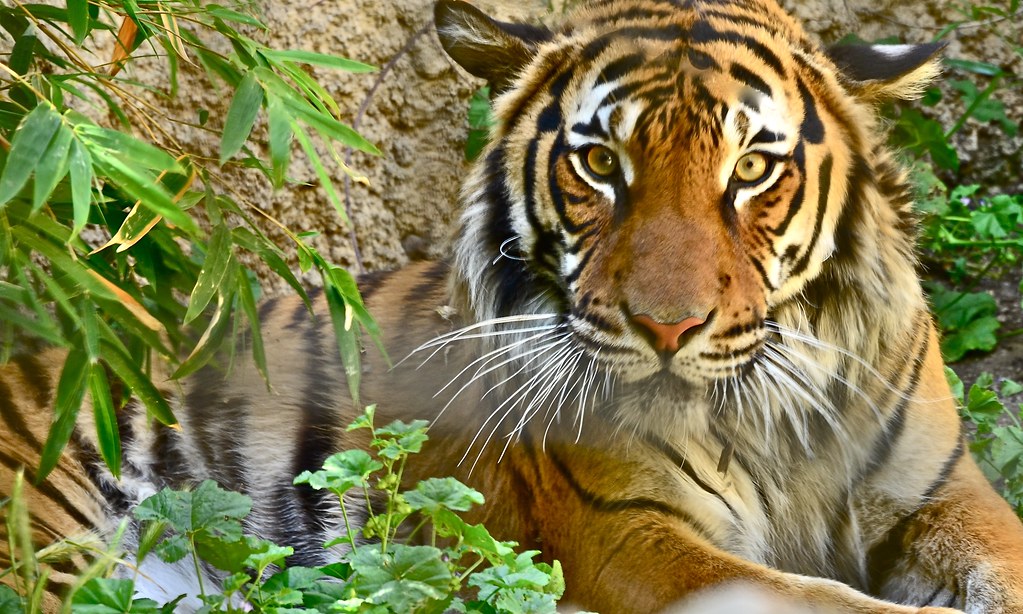
Legislative changes regarding exotic pet ownership have frequently followed high-profile incidents involving captive wild animals. The 2011 Zanesville, Ohio incident, where the owner of a private menagerie released dozens of dangerous animals including tigers, lions, and bears before committing suicide, prompted Ohio to enact comprehensive exotic animal legislation after previously having minimal regulations. Similarly, the fatal mauling of a Connecticut woman by her friend’s pet chimpanzee in 2009 led to renewed calls for federal legislation restricting primate ownership. In 2020, the Netflix documentary series “Tiger King” brought unprecedented public attention to private big cat ownership in America, contributing to the passage of the Big Cat Public Safety Act in December 2022, which further restricts the keeping of big cats as pets and prohibits public contact with cubs. These incidents highlight the public safety risks inherent in private ownership of dangerous exotic species and have served as catalysts for regulatory change at both state and federal levels.
Public Safety Concerns and Risk Assessment

Public safety represents one of the most compelling arguments for restricting exotic pet ownership. Unlike domesticated animals, many exotic species retain their natural predatory instincts and can present serious dangers even when raised in captivity from a young age. Between 1990 and 2022, the Born Free USA database documented over 2,000 incidents involving captive exotic animals, including escapes, attacks, and fatalities. Big cats, primates, and venomous reptiles pose particularly significant risks, with attacks often occurring when the animal reaches sexual maturity and natural instincts intensify. The potential for escapes also creates community-wide safety hazards, as evidenced by incidents like the 2021 escape of several zebras in Maryland that roamed free for months. Even smaller exotic pets can present serious risk through zoonotic disease transmission, as demonstrated by the 2003 monkeypox outbreak linked to prairie dogs kept as pets, which infected over 70 people across multiple states. These public safety considerations have driven much of the legislative momentum toward stricter regulation of exotic pet ownership.
Animal Welfare and Ethical Considerations

Beyond human safety concerns, the welfare of the animals themselves represents a central ethical consideration in the exotic pet debate. Most private owners lack the specialized knowledge, resources, and facilities to meet the complex physical, psychological, and nutritional needs of wild species. Exotic animals frequently suffer in captivity due to improper diet, inadequate space, inability to express natural behaviors, and lack of appropriate veterinary care, as most veterinarians receive minimal training in exotic wildlife medicine. Primates, which are highly social and intelligent, often develop severe psychological disorders when kept as pets, including self-mutilation and abnormal behaviors. The breeding practices that support the exotic pet trade can also raise welfare concerns, with some facilities practicing inbreeding or removing cubs from mothers prematurely to facilitate handling. Animal welfare organizations like the ASPCA and Humane Society consistently oppose private ownership of exotic animals, arguing that these species cannot thrive in typical home environments regardless of owner intentions.
Conservation Implications of the Exotic Pet Trade
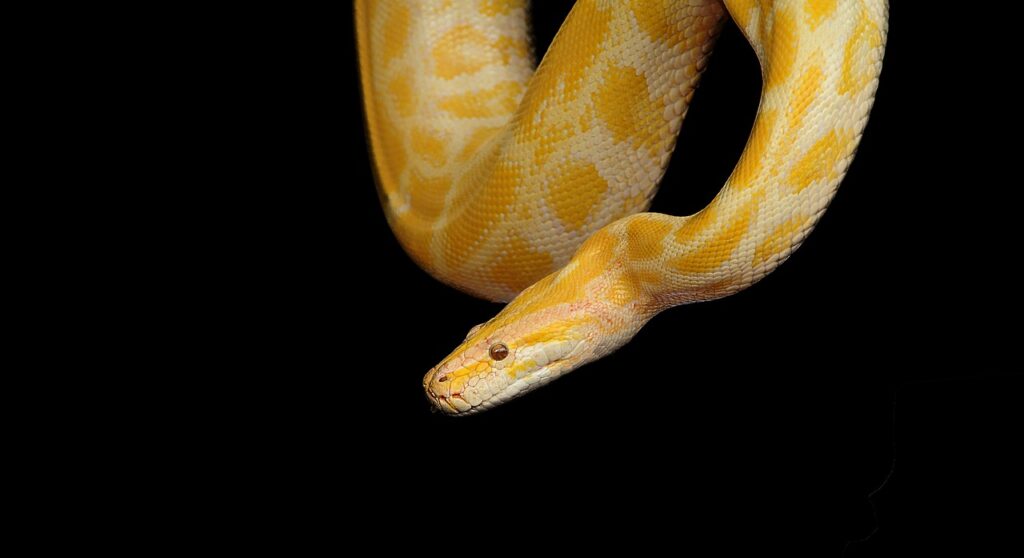
The exotic pet trade has significant implications for wildlife conservation, both globally and domestically. Though many exotic pets in the U.S. are captive-bred, the demand for rare and unusual species fuels both legal and illegal wildlife trafficking worldwide. Species like tigers may be bred extensively in captivity while remaining endangered in the wild, creating complex conservation dynamics. The U.S. Fish and Wildlife Service estimates that the illegal wildlife trade generates billions in annual revenue globally, ranking among the most profitable black markets alongside drugs and weapons. Even legal exotic pet ownership can impact conservation when animals escape or are deliberately released, potentially establishing invasive populations that threaten native ecosystems. The Florida Everglades offers a stark example, where released Burmese pythons have devastated native wildlife populations and permanently altered the ecosystem. By encouraging a view of wild animals as commodities or novelties, the exotic pet trade may also undermine broader wildlife conservation efforts that aim to protect species in their natural habitats.
Zoonotic Disease Risks and Public Health

The COVID-19 pandemic has heightened awareness of zoonotic diseases—pathogens that can transfer from animals to humans—and the exotic pet trade represents a potential vector for such transmission. Primates pose particularly significant risks, as their close genetic relationship to humans makes disease transfer more likely, with potential pathogens including herpes B virus, tuberculosis, and various parasitic infections. Reptiles commonly carry Salmonella, which has caused numerous outbreaks linked to pet turtles and other species. Between 1996 and 2014, at least 15 multistate Salmonella outbreaks were associated with reptile contact, affecting thousands of individuals. The 2003 monkeypox outbreak demonstrated how exotic pet trade can introduce novel pathogens into the U.S., when infected African rodents imported for the pet trade transmitted the virus to prairie dogs, which then infected humans. Public health officials have increasingly advocated for stronger regulations on exotic pet ownership as part of broader zoonotic disease prevention strategies, arguing that the personal desire for unusual pets must be balanced against community-wide health risks.
The Rights and Responsibilities of Exotic Pet Owners
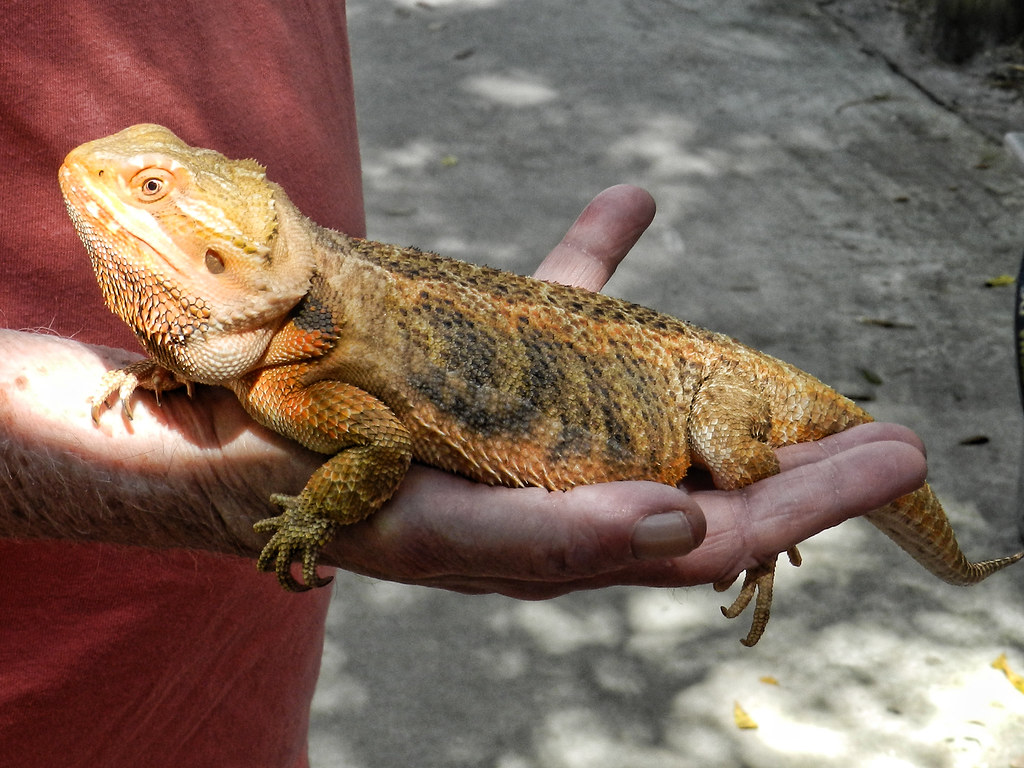
Exotic pet owners and advocacy organizations frequently frame ownership restrictions as infringements on personal liberty and property rights. Many owners are deeply passionate about their animals and invest substantial resources in their care, arguing that responsible individuals should not face blanket prohibitions based on the actions of negligent owners. Organizations like the U.S. Association of Reptile Keepers have successfully challenged some restrictions in court, particularly when regulations appear arbitrary or inconsistent. Responsible ownership advocates typically support reasonable regulations such as permit systems, liability insurance requirements, and minimum care standards rather than outright bans. They point to examples of well-maintained private collections that contribute to conservation breeding programs or educational outreach. However, even well-intentioned owners face significant challenges, including finding qualified veterinary care, meeting specialized dietary and environmental needs, and making decades-long commitments to species that may live 20-50 years or more. The question of where to draw the line between personal freedom and public interest remains central to the exotic pet debate.
Enforcement Challenges and Resource Limitations

Even the strictest exotic pet regulations face significant enforcement challenges. Wildlife agencies and animal control departments often lack the resources, training, and facilities to effectively monitor compliance with exotic pet laws or respond to incidents. Many jurisdictions have no systematic registration requirements, making it impossible to know how many exotic animals are kept within their boundaries. When authorities do discover illegal exotic pets, they frequently struggle to find appropriate placement for confiscated animals, as zoos have limited capacity and appropriate sanctuaries are few. The cost of caring for seized exotic animals can be prohibitive for local governments—housing a single tiger can cost upwards of $10,000 annually. These practical challenges incentivize an enforcement approach focused on responding to complaints rather than proactive monitoring, potentially allowing problematic situations to develop unchecked. The inconsistent regulations across jurisdictions further complicate enforcement efforts, as animals may be moved across state or county lines to evade restrictions, highlighting the need for more coordinated regulatory approaches.
Sanctuary and Rescue Organizations: Managing the Aftermath
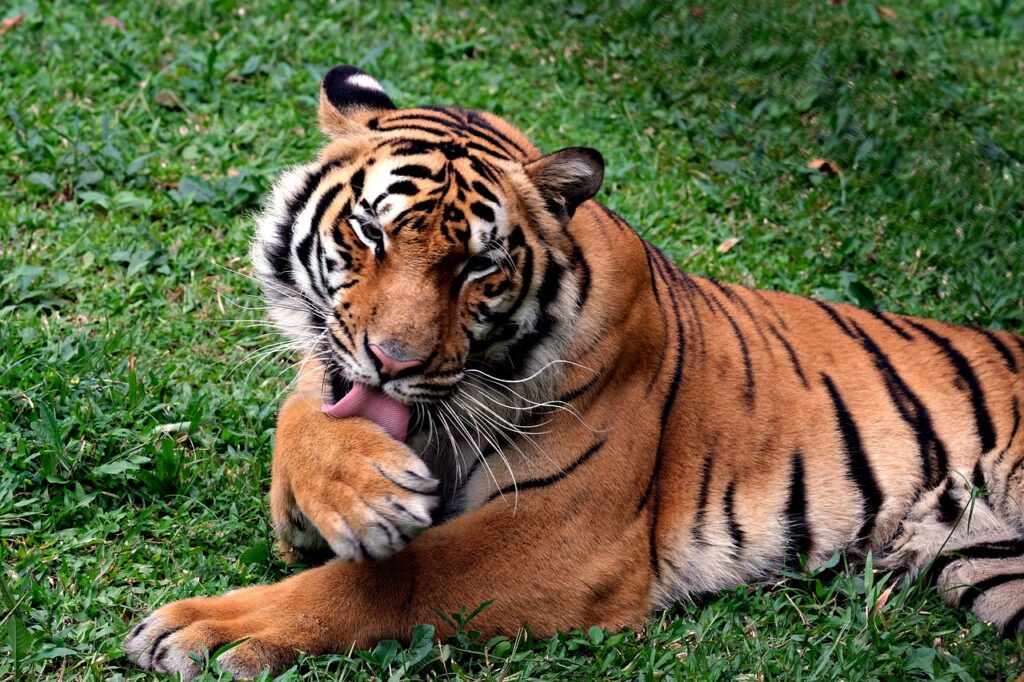
Accredited animal sanctuaries bear much of the burden of caring for exotic pets that have been abandoned, confiscated, or surrendered by owners who can no longer manage them. These non-profit organizations provide lifetime care for animals that cannot be returned to the wild, often operating at capacity with waiting lists for new animals. The Global Federation of Animal Sanctuaries has accredited only about 150 wildlife sanctuaries in the U.S., far fewer than needed to address the scope of the problem. Legitimate sanctuaries differ from private owners or pseudo-sanctuaries by prohibiting breeding, commercial activities, and direct contact between animals and the public. The financial burden of operating these facilities is substantial—Big Cat Rescue in Florida reports annual operating costs exceeding $3 million to care for approximately 50 big cats. Sanctuary operators are among the most vocal advocates for stricter exotic pet laws, as they witness firsthand the consequences when exotic ownership situations fail. The limited capacity of the sanctuary system represents a significant practical constraint on enforcement efforts, as authorities may hesitate to confiscate animals when appropriate placement options are unavailable.
Recent Legislative Developments and Future Trends
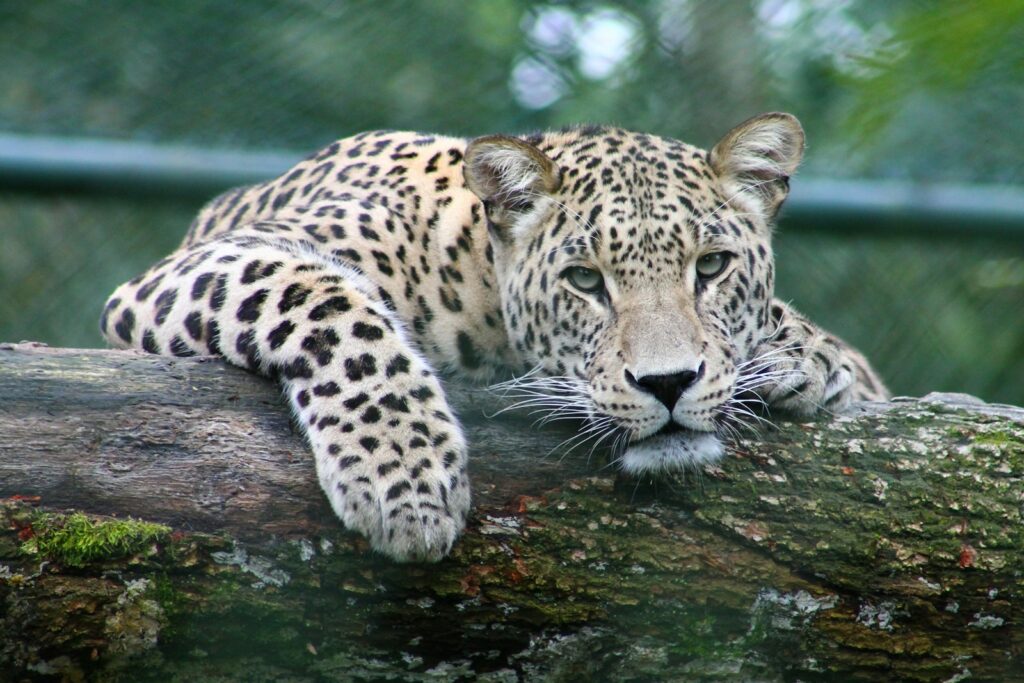
The regulatory landscape for exotic pet ownership continues to evolve, with a general trend toward stricter restrictions at both state and federal levels. The passage of the Big Cat Public Safety Act in December 2022 represented a significant federal restriction on big cat ownership, prohibiting private ownership of lions, tigers, leopards, cheetahs, jaguars, cougars, and most hybrid species (with grandfathering provisions for existing owners who register their animals). Several states have strengthened their exotic pet regulations in recent years, including Ohio, Indiana, and West Virginia, often in response to specific incidents. The increased public awareness following media attention like “Tiger King” has created new momentum for legislative action. Looking forward, animal welfare advocates continue to press for federal legislation like the Captive Primate Safety Act, which would extend big cat-style restrictions to nonhuman primates. The trend toward stricter regulation faces ongoing opposition from exotic pet owners’ rights groups, breeders, and certain exhibition industries, ensuring that the legal landscape will remain contentious. Future regulations will likely need to balance grandfathering provisions for existing owners with long-term prohibitions, while potentially developing more sophisticated permit systems for species posing lower public safety risks.
The Intersection of Cultural Attitudes and Legal Frameworks
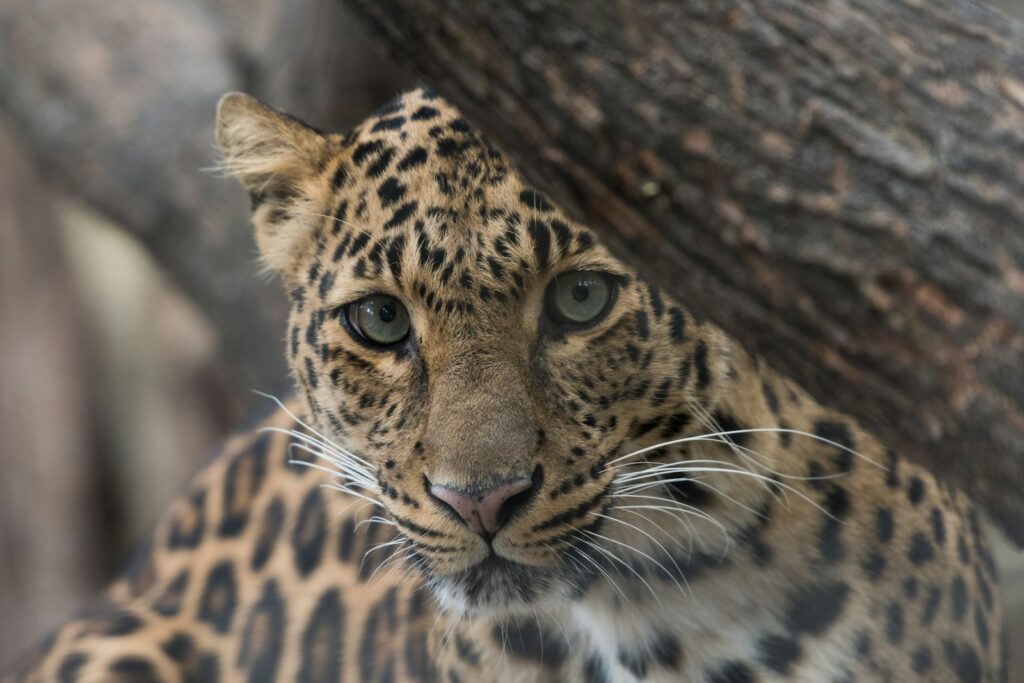
America’s relationship with exotic pets reflects broader cultural attitudes toward wildlife, personal freedom, and human-animal relationships. The desire to possess unusual animals has deep historical roots in the U.S., from the menageries of wealthy 19th-century collectors to the current social media culture where exotic pets can serve as status symbols or content generators. Regional differences in regulations partially reflect varying cultural attitudes—rural states with strong property rights traditions and agricultural interests typically maintain more permissive exotic pet laws than urbanized coastal states. Generational shifts in attitudes toward animal welfare and conservation ethics appear to be driving younger Americans toward greater support for restrictions. Public opinion research suggests that while Americans generally oppose private ownership of dangerous exotics like big cats and primates, they remain divided on species perceived as less threatening. These cultural dynamics influence the political feasibility of various regulatory approaches and help explain the inconsistent legislative landscape. As American attitudes toward animal welfare continue to evolve, with increasing recognition of animal sentience and rights, the legal frameworks governing exotic pet ownership will likely face growing pressure to prioritize animal welfare and conservation over individual ownership desires.
Conclusion: Finding Balance in a Complex Issue
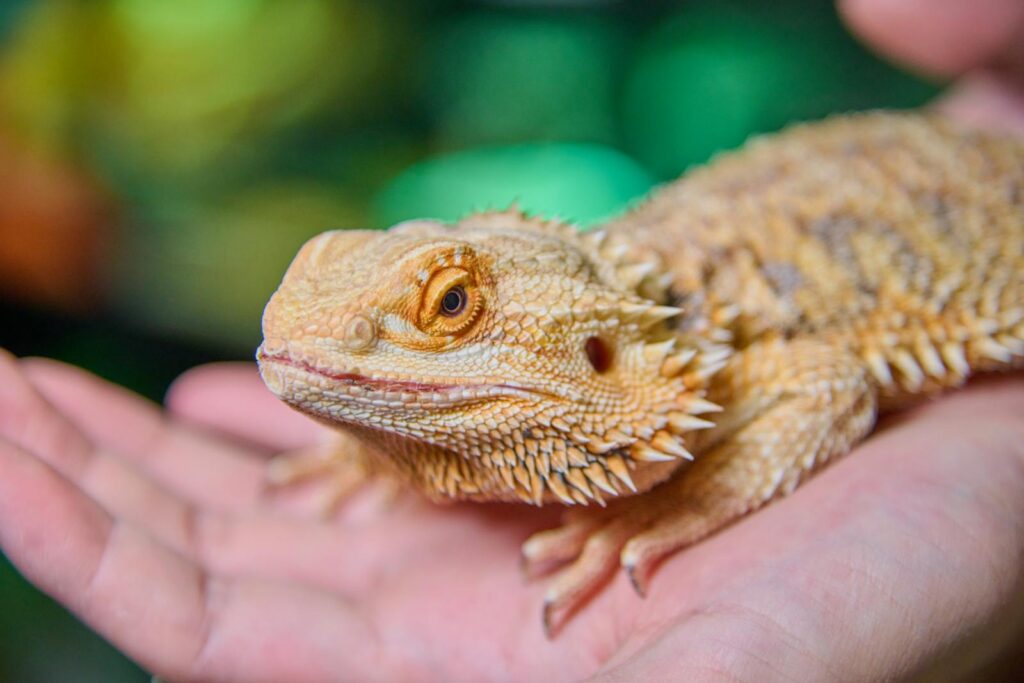
The controversy surrounding exotic pet ownership in the United States reflects genuine tensions between competing values: personal freedom versus public safety, individual desire versus animal welfare, and private property rights versus conservation ethics. The current regulatory patchwork creates confusion for owners, enforcement challenges for authorities, and welfare risks for the animals themselves. Moving forward, the most promising approaches likely involve greater regulatory consistency across jurisdictions, better-funded enforcement mechanisms, and sophisticated systems that distinguish between species based on objective risk assessments rather than arbitrary classifications. Expanded support for accredited sanctuaries would provide better outcomes for animals that must be rehomed. While complete consensus remains unlikely, most stakeholders could potentially agree on the need for stronger protections for the most dangerous species, better owner education, and minimum welfare standards for animals kept in captivity. As American society continues to evolve in its relationship with wildlife, the laws governing exotic pet ownership will undoubtedly continue to develop—hopefully in ways that better serve humans, animals, and ecosystems alike.

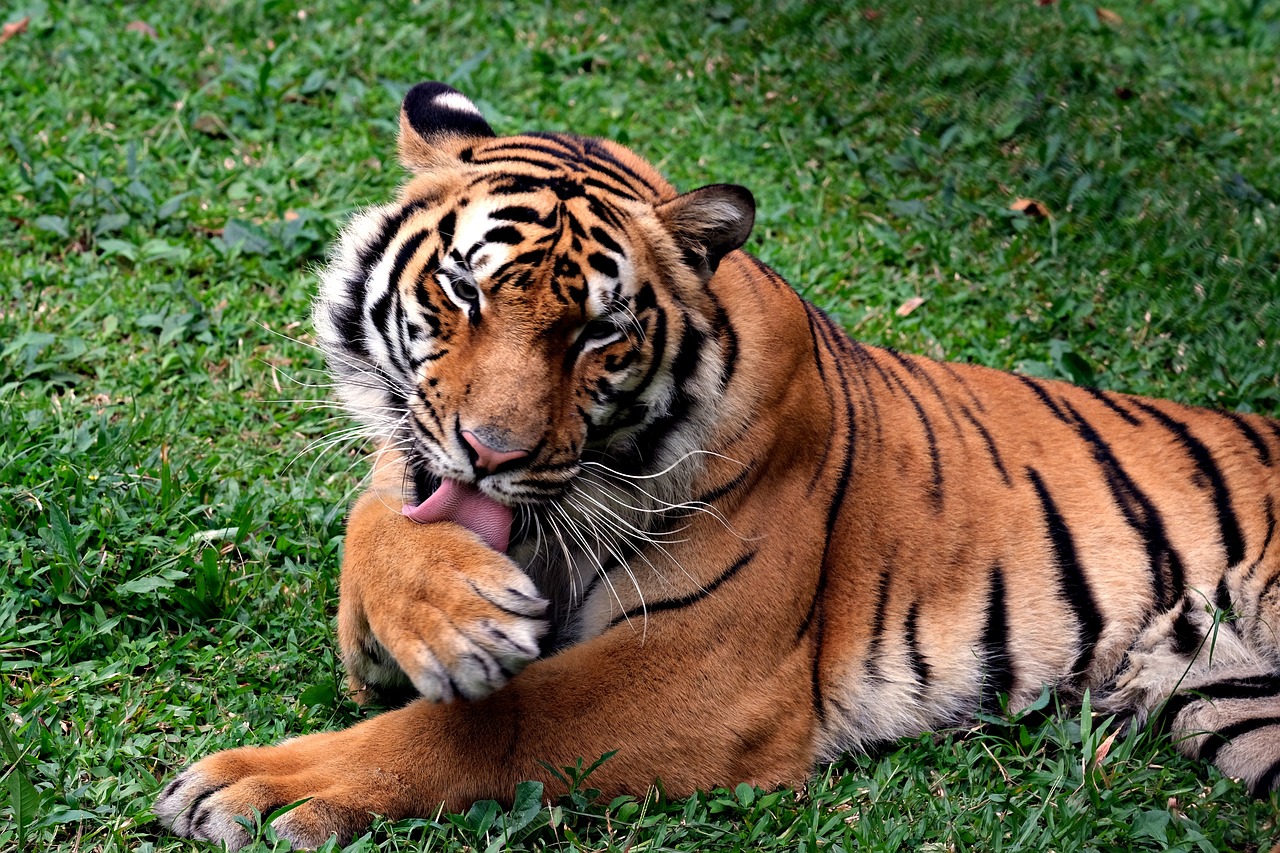




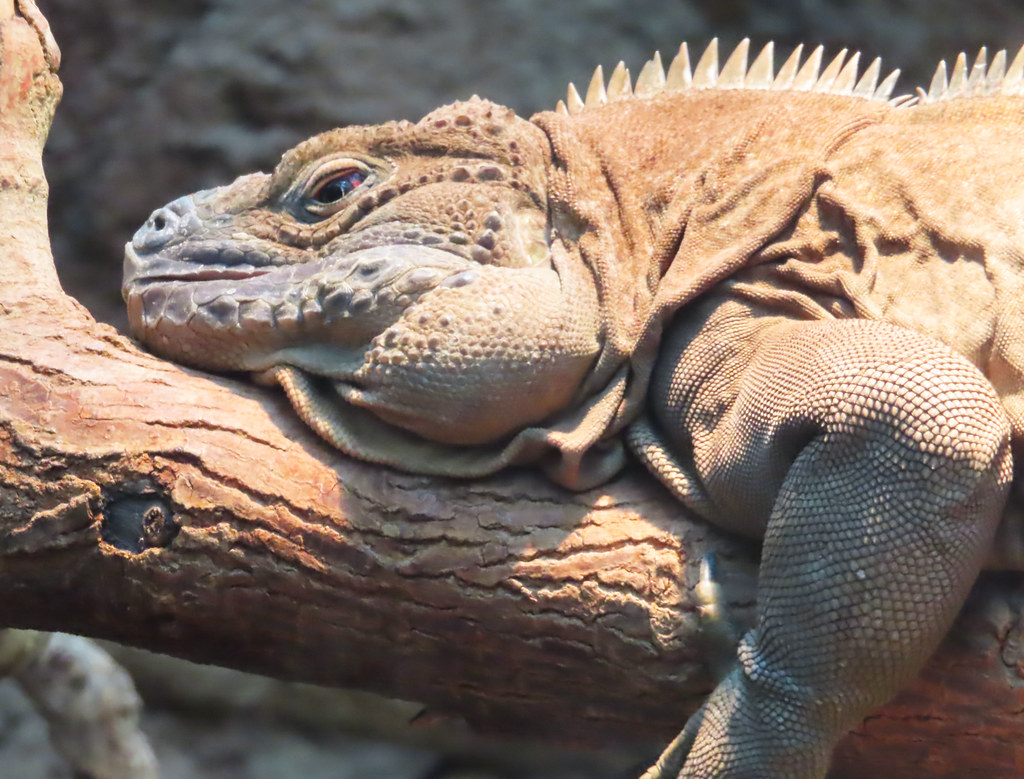
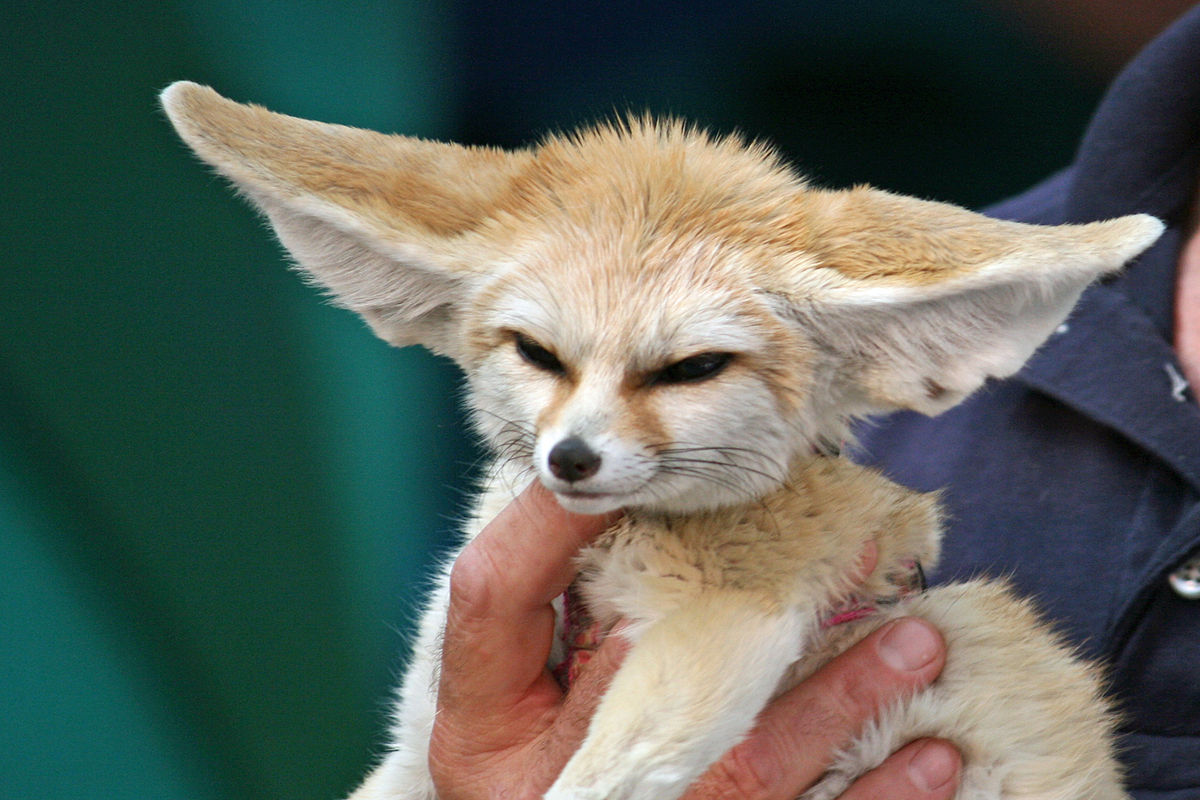








Leave a Reply